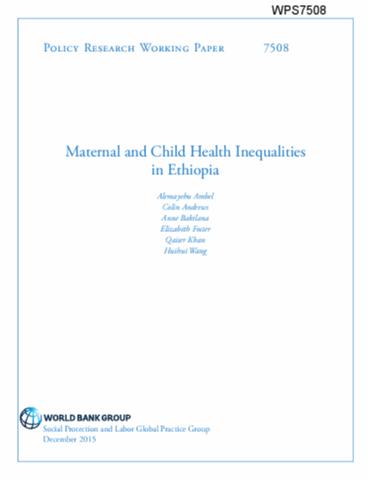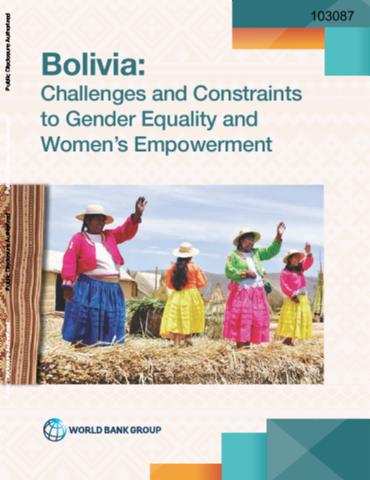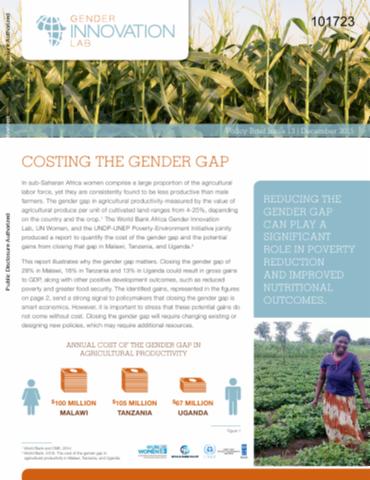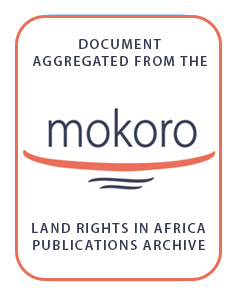Social struggles in Uganda's Acholiland: understanding responses and resistance to Amuru sugar works
On Wednesday 18 April 2012, between 80 and 100 women from Amuru District in northern Uganda stripped naked in a protest to block their eviction from land they claim is rightfully theirs. They did this in front of representatives of the Local District Board and surveyors of the sugar company Madhvani Group, the firm seeking land in the area for sugarcane growing. By resisting dispossession and challenging state violence, small-scale poor peasants reiterated the political salience of rural social struggles and highlighted the significance of land and agrarian questions.







